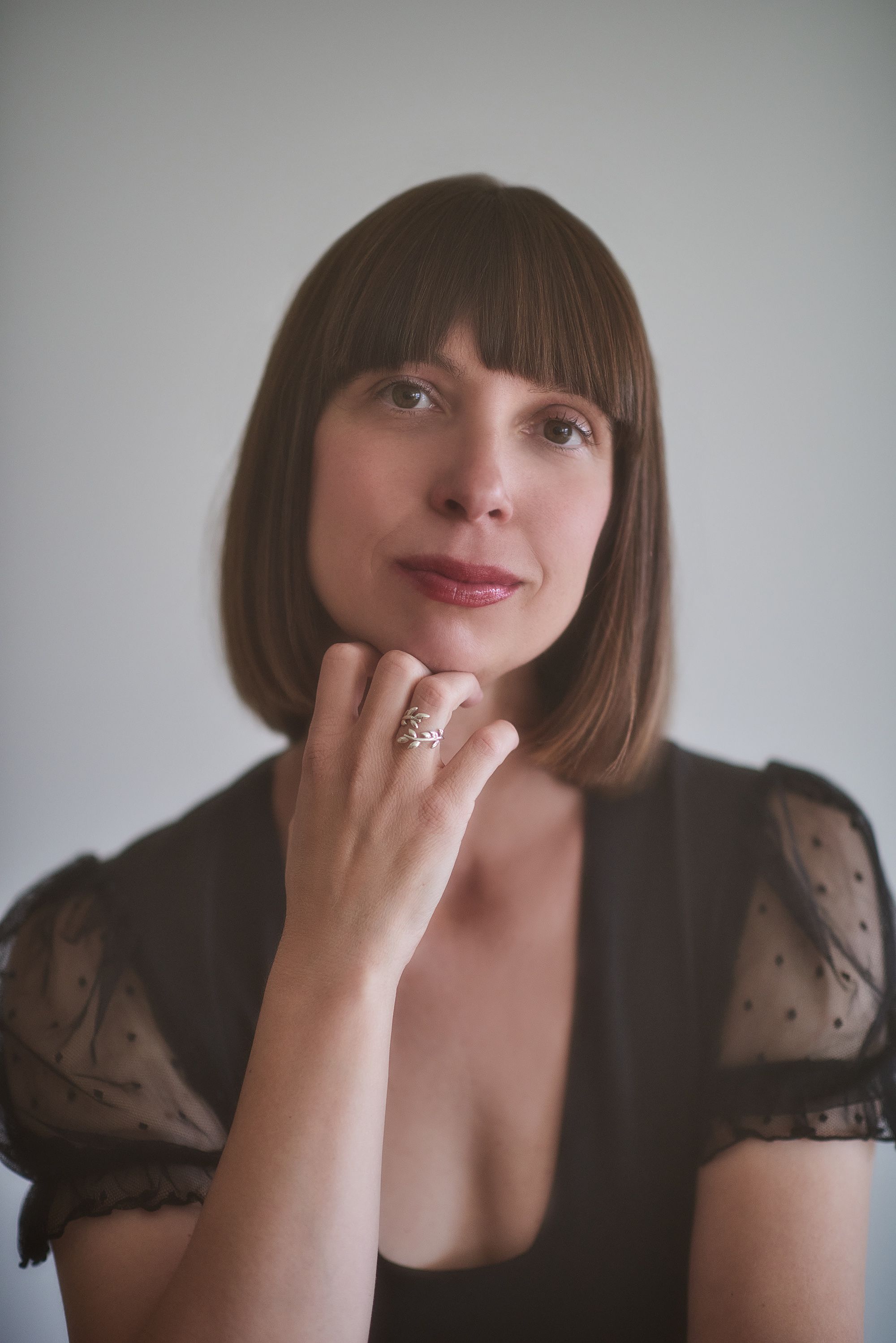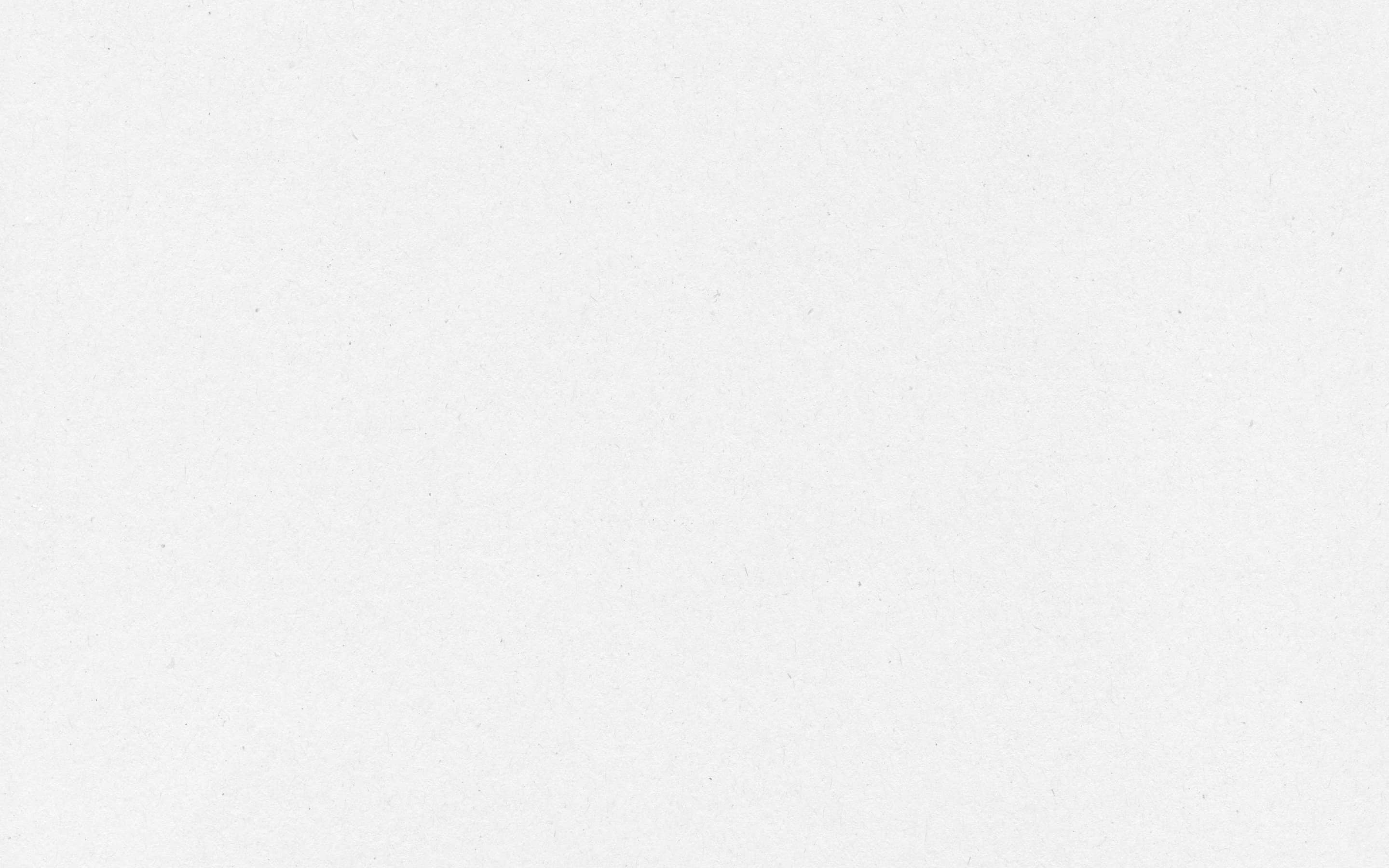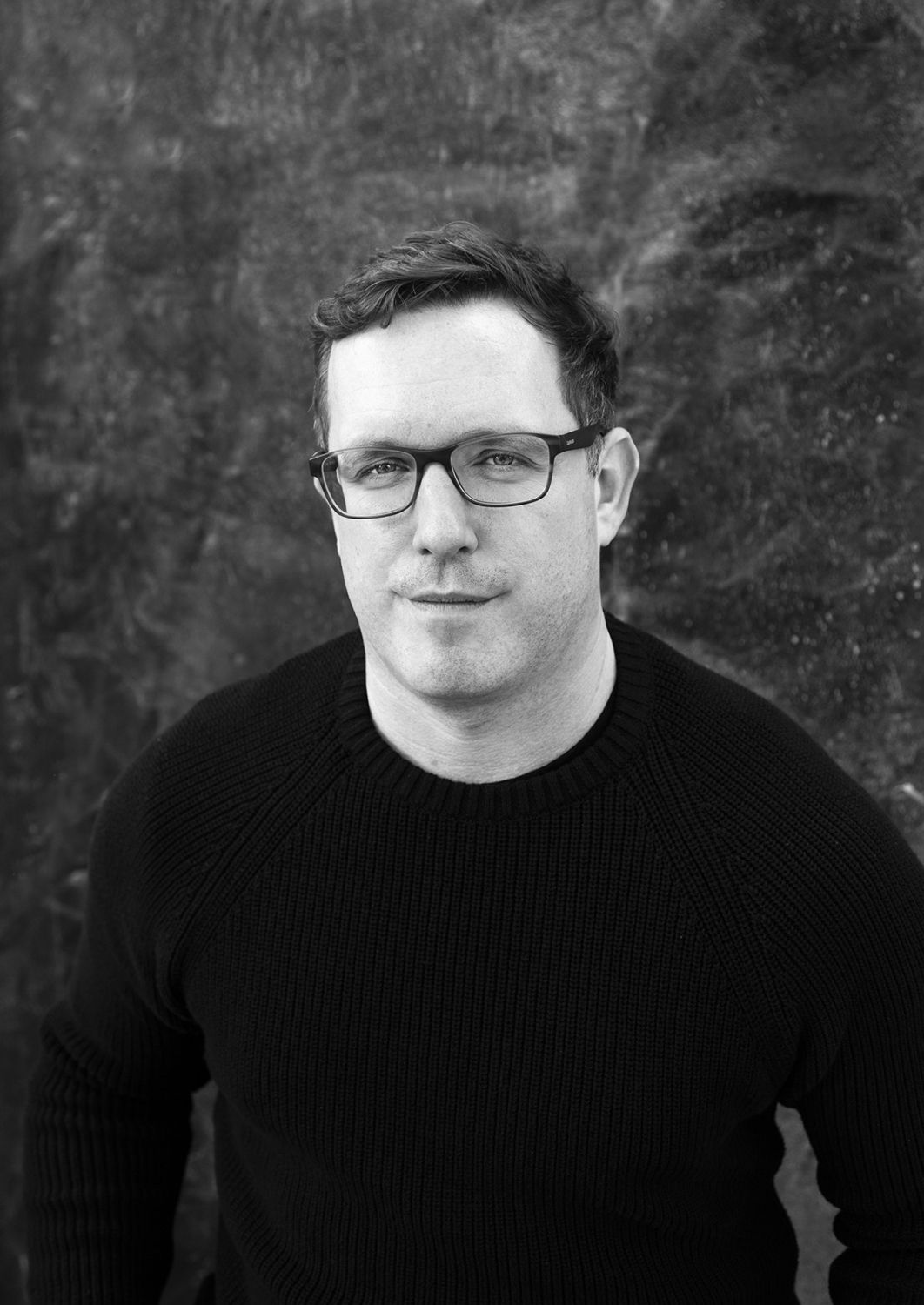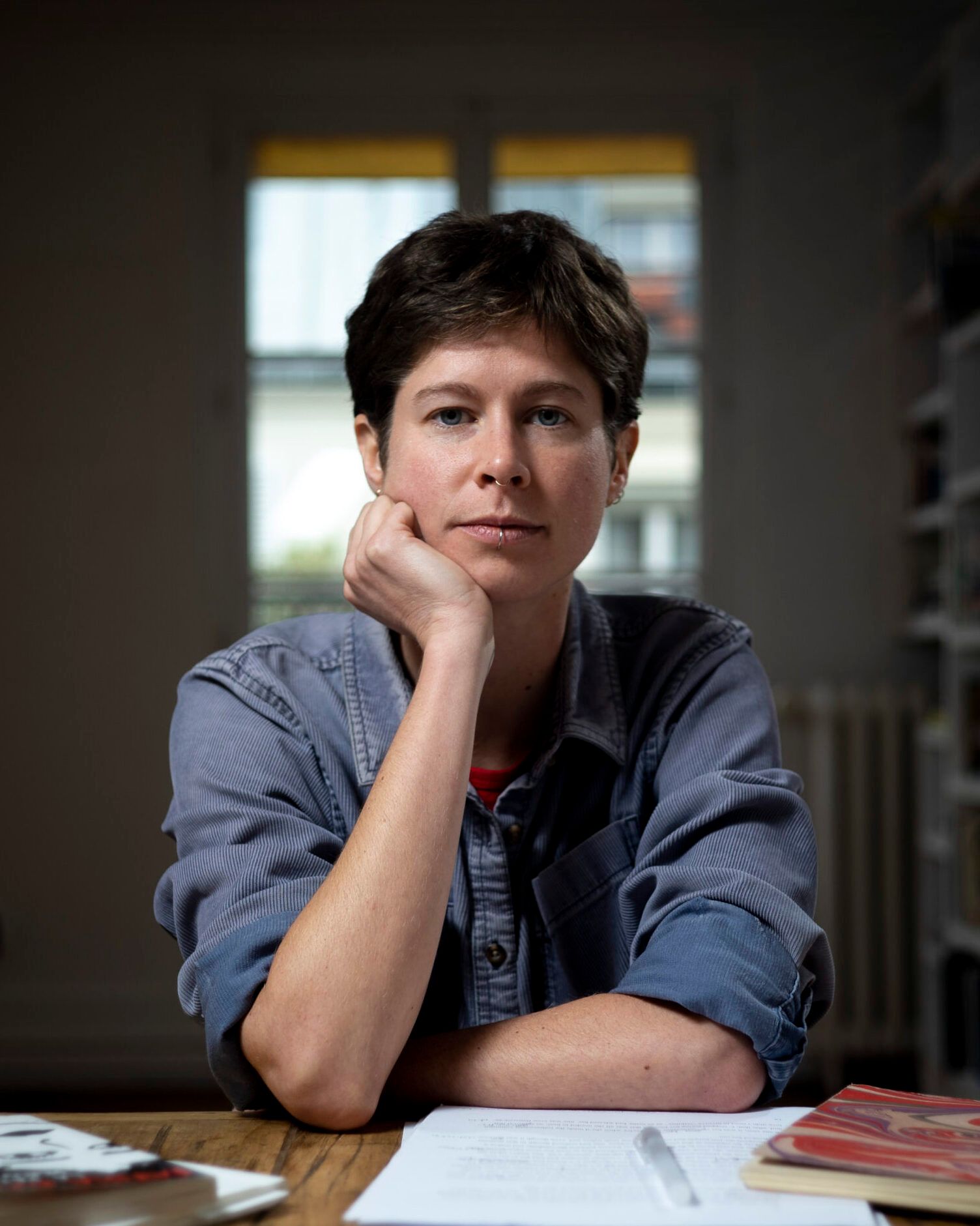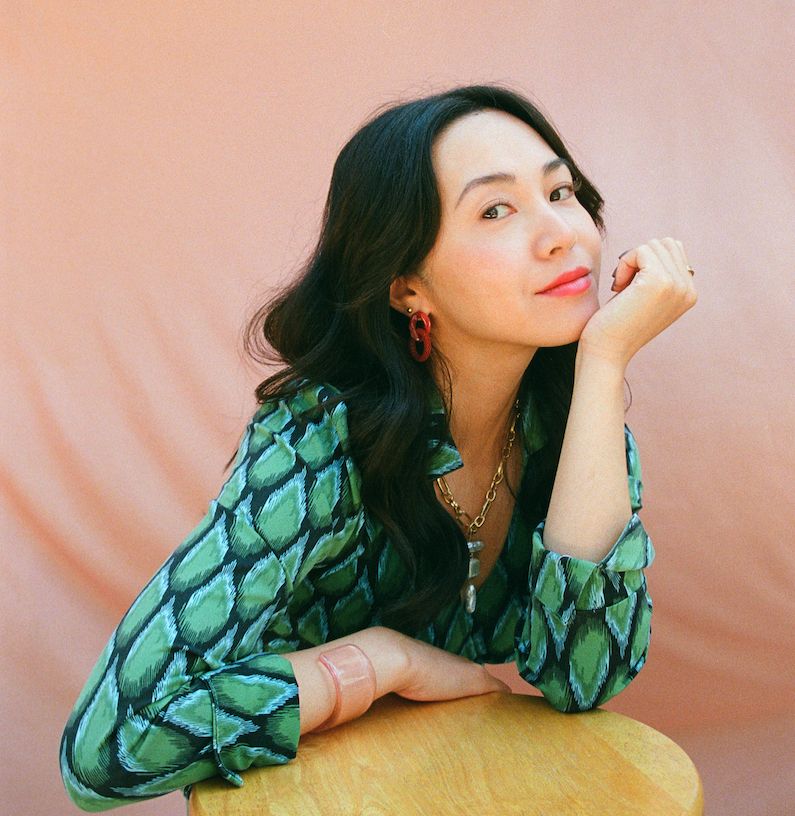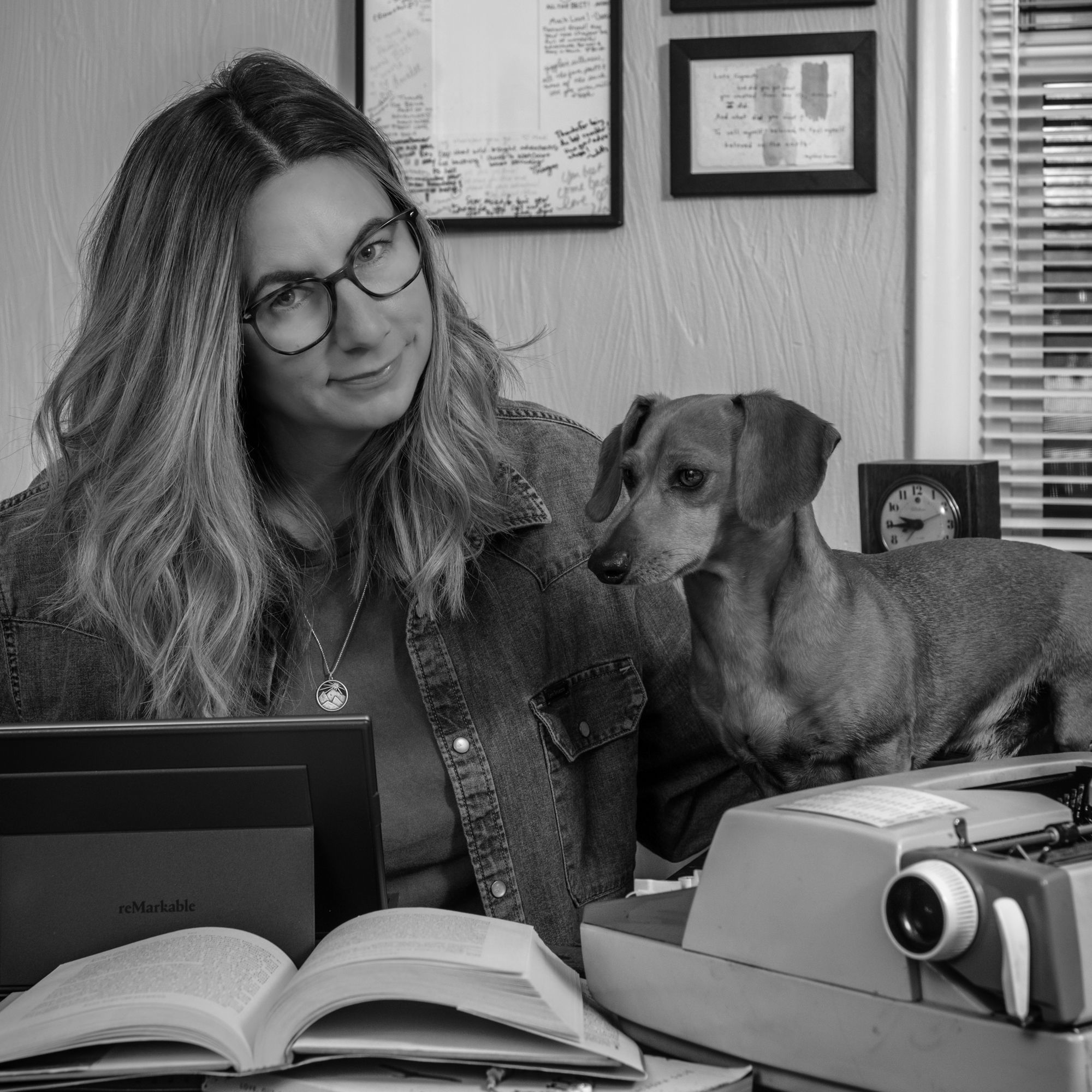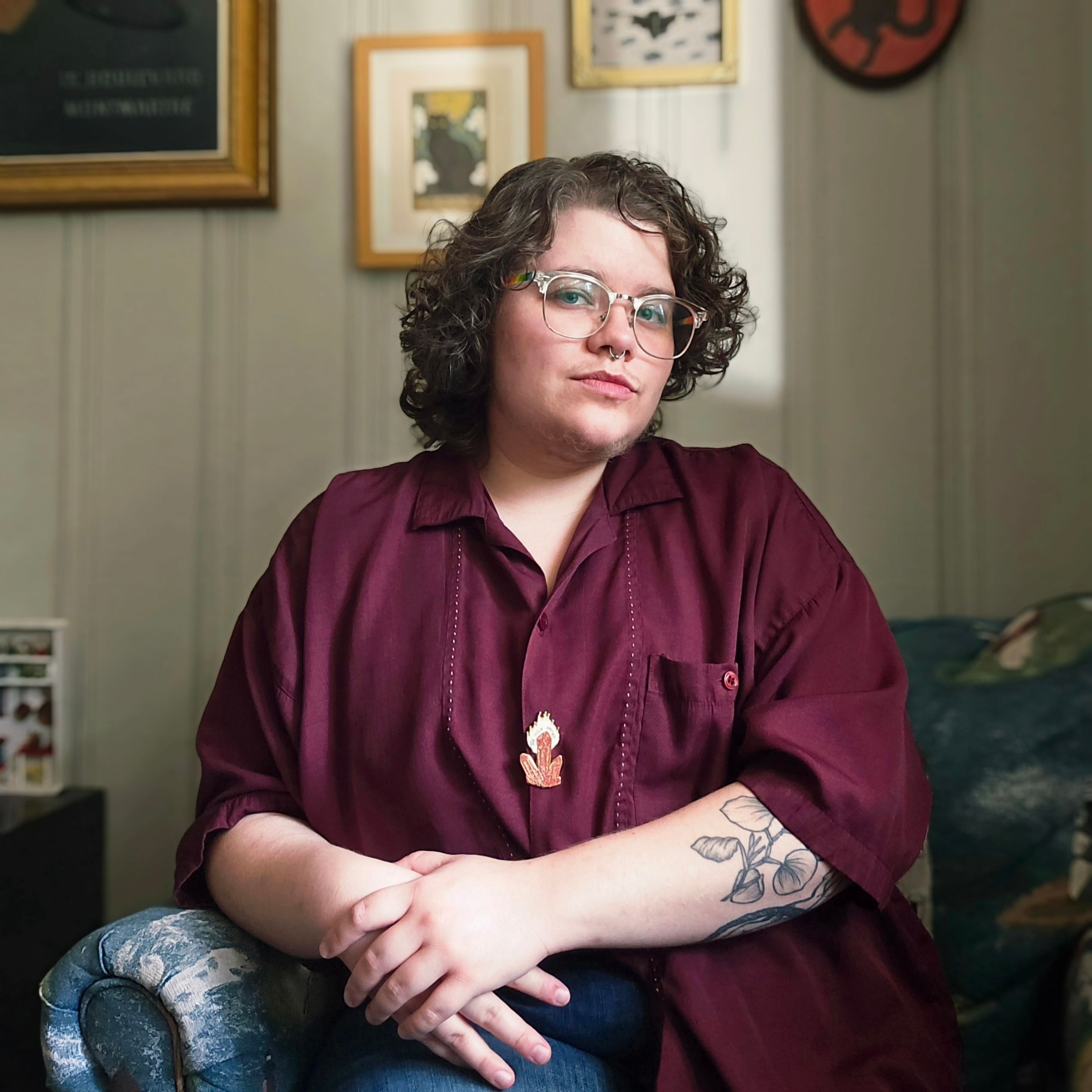How might we alter, or enhance, a written narrative with visual art, so that it’s not merely a replica but, as the writer and artist Harrison Candelaria Fletcher says, becomes “windows, mirrors, portals, prisms?” We might use documents, archival photographs, new photographs, yarn, watercolors, sketches—the possibilities are endless. And do we keep the visual element untouched, or might we need to cut, erase, thread, or otherwise alter it before we pair it with words?
As a photographer and writer, I’ve been exploring the vast world of combining the two mediums to ask questions and to tell a larger story. In my quest to learn more, I’ve devoured countless photo essays (which generally rely more on the images than text to tell stories), graphic essays, erasure poems, and long form books that blend words with photographs.
One book I found particularly inspiring was Seeing the Body by photographer and writer Rachel Eliza Griffiths (W.W. Norton, 2020). In the book, we see two parts of the same artist merge on the page through compelling poetry and imagery. In the book’s opening pages we find a double self-portrait: Rachel Eliza with a typewriter in her lap holding hands with her twin-self holding a twin lens camera. The Rachel Eliza that holds the typewriter, though she has the same features and more or less the same clothing, is different from the one that holds the camera. Her posture and facial expression shifts subtly from one self to the other. We are, after all, composed of many disparate parts. And when two of those artist-parts work in different mediums, how exciting to twin them on the page.
While joining our various artistic interests is one form of collaboration, engaging with visual art in our writing can also be a way to collaborate with other artists. Ama Codjoe’s ekphrastic poetry, in her book Bluest Nude (Milkweed, 2022), is largely in conversation with the work of other artists—especially the art of Black female artists. Her words deepen our experience with the already impactful art from which she writes. Gabrielle Bates’s visual reviews show us yet another way of engaging with other author’s words, “ekphrasis in reverse,” as she notes. Writers might also work with found text (as in erasure poetry, modifying the original text so that it’s made new), found photographs (a la Lawrence Sutin’s “A Postcard Memoir,” in which he uses found antique postcards as prompts for writing), or family archival images. On the latter, Victoria Chang’s Dear Memory: Letters on Writing, Silence, and Grief (Milkweed, 2021), a book in the epistolary form, incorporates images from Chang’s family archive, each one altered to deliver a profound message. The original images echo—and elevate— the words she writes. Each letter corresponds to these images. The first letter begins, “Dear Mother, I have so many questions.” On the next page is an image of the author's mother in front of a tree. Chang has overlaid clipped words onto this photo, which make up a short poem. In other places, she uses text on image in a completely different way: as dialogue over old documents or images from her family archive. The dialogue consists of snippets from an interview she once did with her mother about her mother’s experience immigrating to the U.S. and about her family. On the wings of a boat Chang artfully places the Q&A so the text converses with the image, thus creating a third language. On another image of her grandmother, almost as a postscript, she writes what we cannot see in the photo: “If I look hard enough, I am sitting on the ground, in front of you…and in a moment, you will look up and not see me.” Perhaps what makes this so profound is that the text augments the impact of the photo and vice versa. A clear value of including both, together. Similarly, Monica Ong, in my interview with her, shares an example where the addition of her words reveals what cannot be found in the image and transforms the way we see the photograph.
It was during a conversation I had with Victoria Chang last year that I learned about the multimedia artist Diana Khoi Nguyen. You will see in the interviews that follow, both Gabrielle Bates and Courtney Faye Taylor bring Diana up as inspiration! I, too, am enchanted by Diana’s work. One of the elements that makes her book Ghost Of powerful is the way she forms words on the page to make the words themselves visual art. When I asked Diana about her process in a conversation last year, she said: “Trying to work in grief to confront something difficult was my accidental circumstantial encounter with the non-verbal. From there I realized, I can't stop, I want to keep going. And now I primarily work with family archives and artifacts, and I try to encourage others to do that. I feel maybe a little bit sheepish because I'm not trained as ‘a visual artist’ in any kind of sense, but that's okay. I'm not trying to pose, I think, as anything; it's just I'm trying to figure a way around handling this material, the archives.” And isn’t that what we are all aiming to do as artists—to find the best way to handle and express the material we’re working with? To find a way in, a way around, a way through? We might show text and image side by side (so we are experiencing them in tandem), merge them together (as in collage, such as in Courtney Faye Taylor’s new book Concentrate), avoid speaking to the content of the images explicitly in the accompanying writing (which can enhance the experience of the art as text and image complement each other), use erasure as a way to help us find words, or mold the words into a shape that fits.
Recently, I had the great pleasure of interviewing three writers who engage with visual art in collaboration with their words. Over a series of email correspondences, Courtney Faye Taylor, Gabrielle Bates, and Monica Ong generously unpacked their approach to creating visual poetry, poetry comics, collage, and more. Plus, they kindly shared other multimedia artists they love! I hope you will enjoy their thoughtful insights as much as I have.



